Home>Furniture & Design>Bathroom Accessories>What To Do When Your Toilet And Bathtub Are Clogged?
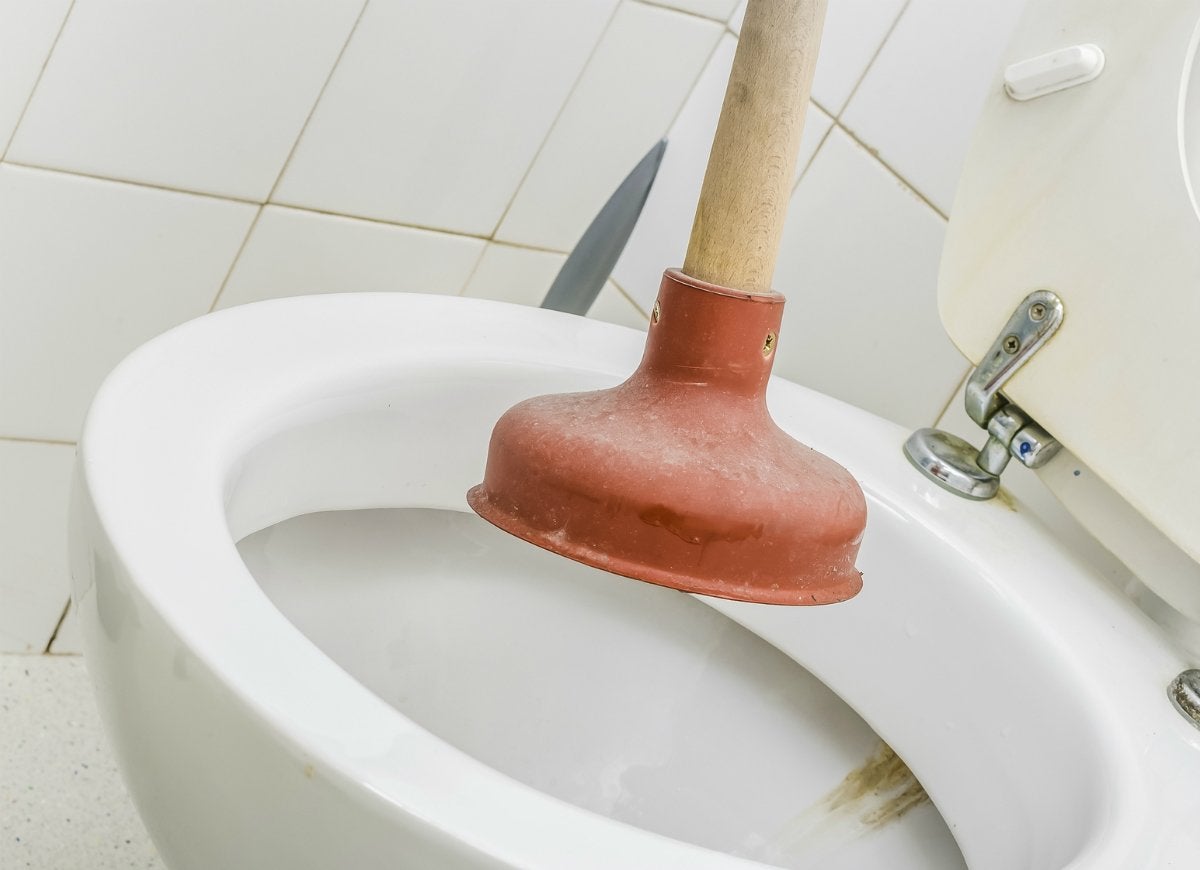

Bathroom Accessories
What To Do When Your Toilet And Bathtub Are Clogged?
Published: February 20, 2024
Discover effective solutions for unclogging your toilet and bathtub with the right bathroom accessories. Learn how to tackle this common household issue today!
(Many of the links in this article redirect to a specific reviewed product. Your purchase of these products through affiliate links helps to generate commission for Storables.com, at no extra cost. Learn more)
Introduction
Dealing with a clogged toilet or bathtub can be a frustrating and inconvenient experience. Whether it's a result of excessive toilet paper usage, foreign objects, or a buildup of hair and soap scum, a clog can disrupt your daily routine and cause unnecessary stress. However, before you panic or feel overwhelmed, it's essential to approach the situation with a calm and methodical mindset. By following a systematic approach, you can effectively address the issue and restore the functionality of your bathroom fixtures.
In this comprehensive guide, we will explore the step-by-step process of dealing with a clogged toilet and bathtub. From assessing the severity of the clog to utilizing various tools and techniques, we will provide you with the knowledge and confidence to tackle this common household problem. Whether you're a seasoned DIY enthusiast or someone facing a clog for the first time, this guide will equip you with the necessary information to navigate through this inconvenience.
So, if you find yourself staring at a toilet bowl or bathtub filled with standing water, take a deep breath and know that there are practical solutions at your disposal. By understanding the underlying causes of clogs and implementing the appropriate strategies, you can effectively address the issue and prevent it from escalating into a major plumbing disaster. Let's dive into the step-by-step process of dealing with a clogged toilet and bathtub, empowering you to take control of the situation and restore the comfort and functionality of your bathroom.
Key Takeaways:
- Don’t panic when your toilet or bathtub is clogged! Assess the situation, try a plunger, snake the drain, use a chemical cleaner, and if all else fails, call a professional plumber for help.
- Dealing with a clogged toilet or bathtub? Stay calm and follow these steps: assess the clog, try a plunger, use a drain snake, consider a chemical cleaner, and if needed, call a professional plumber.
Read more: What To Do If The Toilet Is Clogged
Step 1: Assess the situation
Before diving into any remedial actions, it's crucial to assess the severity of the clog in your toilet or bathtub. Start by observing the water level in the affected fixture. If the toilet bowl or bathtub is filled with water that isn't draining or is draining very slowly, it's a clear indication of a clog. Additionally, pay attention to any gurgling sounds or unpleasant odors emanating from the drain, as these can also signal a blockage in the plumbing system.
Next, determine whether the clog is isolated to a single fixture or if multiple drains in the bathroom are affected. If other sinks or showers in the same bathroom are also draining slowly or backing up, it could indicate a more extensive blockage within the plumbing system.
Once you've identified the presence and scope of the clog, consider the potential causes. In the case of a toilet clog, it's essential to inquire about any items that may have been inadvertently flushed, such as excessive toilet paper, sanitary products, or foreign objects. For bathtub clogs, the accumulation of hair, soap scum, and debris within the drain is a common culprit.
Assessing the situation also involves gauging your comfort level and expertise in handling plumbing issues. If you have prior experience with DIY plumbing repairs and possess the necessary tools, you may feel confident in attempting to resolve the clog independently. However, if you're uncertain about the underlying cause of the clog or lack the tools and expertise to address it, it may be prudent to seek professional assistance.
By thoroughly assessing the clog and its potential causes, you can make an informed decision about the next steps to take. Whether you proceed with DIY methods or opt to enlist the services of a professional plumber, this initial assessment sets the stage for effectively resolving the clog and restoring the proper functioning of your toilet or bathtub.
Step 2: Try using a plunger
When faced with a clogged toilet or bathtub, one of the most common and effective tools at your disposal is a plunger. This simple yet versatile device can help dislodge and remove minor to moderate clogs, restoring proper drainage and alleviating the associated issues.
To begin, ensure that you have the appropriate type of plunger for the task at hand. For toilet clogs, a flange plunger, characterized by its narrow, protruding rubber flap, is specifically designed to create a tight seal within the curved toilet drain. On the other hand, for bathtub clogs, a standard cup plunger, featuring a flat rubber cup, is suitable for creating a seal over the flat surface of the drain.
Before using the plunger, it's advisable to don a pair of rubber gloves to maintain hygiene and facilitate a secure grip on the handle. For toilet clogs, gently lower the flange of the plunger into the water, ensuring that it covers the entire opening of the drain. Apply firm and consistent pressure as you push and pull the plunger, aiming to create a suction effect that dislodges the clog. Be mindful of maintaining a tight seal between the plunger and the drain to maximize its effectiveness.
When dealing with a bathtub clog, place the cup of the plunger over the drain opening, ensuring a snug fit. Similar to the technique used for toilets, exert steady pressure while plunging to generate the necessary suction and dislodge the obstruction. It's essential to maintain a controlled and rhythmic plunging motion to avoid splashing and ensure optimal suction.
After several plunging attempts, pause to assess the drainage. If the water begins to recede or drain more rapidly, it's a positive indication that the plunger is effectively clearing the clog. However, if the clog persists, it may be necessary to repeat the plunging process several times, adjusting the angle and pressure as needed to achieve the desired results.
Once the clog has been successfully cleared, flush the toilet or run water in the bathtub to confirm that the drainage has been restored to normal. If the water flows freely without backing up, it signifies that the plunger has effectively resolved the clog, allowing you to resume regular use of the fixture.
By employing a plunger and following the proper technique, you can often eliminate minor to moderate toilet and bathtub clogs without the need for professional intervention. However, if the clog proves resistant to plunging or if you encounter recurring clogging issues, it may be necessary to explore alternative methods or seek the expertise of a professional plumber.
Step 3: Use a drain snake
When traditional methods such as plunging fail to effectively clear a stubborn toilet or bathtub clog, employing a drain snake, also known as a plumbing auger, can provide a more targeted and forceful approach to dislodging the obstruction. A drain snake is a flexible, coiled wire tool designed to navigate through the twists and turns of drain pipes, allowing it to reach and break apart clogs that are beyond the reach of a plunger.
To begin, ensure that you have access to a suitable drain snake that is appropriate for the specific fixture you are addressing. For toilet clogs, a toilet auger, featuring a long, rigid shaft and a curved, protective sleeve to prevent damage to the porcelain, is the ideal choice. On the other hand, for bathtub clogs, a standard drain snake with a flexible cable and a corkscrew-like tip is well-suited for navigating through the curved drain trap.
Before using the drain snake, it's essential to take certain precautions to protect yourself and the surrounding area. Wear protective gloves and eye goggles to shield yourself from potential splashes and debris. Additionally, place old towels or rags around the base of the toilet or bathtub to contain any water or mess that may result from the unclogging process.
To use a drain snake for a toilet clog, carefully insert the auger's protective sleeve into the drain opening, ensuring that it fits securely. Gradually feed the cable into the drain while turning the handle in a clockwise direction, allowing the auger to navigate through the trap and encounter the clog. Once you feel resistance, continue to rotate the handle and gently push the cable forward to break apart the obstruction.
When addressing a bathtub clog, feed the flexible cable of the drain snake into the drain opening, applying gentle pressure as it navigates through the curved trap. As the corkscrew-like tip encounters the clog, continue to feed the cable while maintaining a steady and controlled motion, allowing the auger to break apart the obstruction and restore proper drainage.
After navigating the drain snake through the affected drain, carefully retract the cable, ensuring that it doesn't become entangled or cause damage to the plumbing. Once the auger has been fully removed, flush the toilet or run water in the bathtub to confirm that the clog has been successfully cleared.
Using a drain snake provides a targeted and forceful approach to addressing persistent toilet and bathtub clogs, allowing you to effectively break apart and remove obstructions that are resistant to traditional plunging methods. However, if the clog persists despite using a drain snake, or if you encounter challenges during the process, it may be necessary to consider alternative solutions or seek professional assistance.
Try using a plunger to unclog the toilet and bathtub. Make sure to create a tight seal and push and pull the plunger vigorously. If that doesn’t work, consider using a drain snake or calling a professional plumber.
Step 4: Use a chemical drain cleaner
When faced with a persistent and stubborn toilet or bathtub clog that has resisted traditional plunging and snaking methods, utilizing a chemical drain cleaner can offer a potent solution to dissolve and dislodge the obstruction. Chemical drain cleaners are formulated with powerful ingredients designed to break down organic matter, hair, soap scum, and other common sources of clogs within plumbing systems.
Before proceeding with the use of a chemical drain cleaner, it's essential to prioritize safety and follow the manufacturer's instructions meticulously. Begin by selecting a high-quality chemical drain cleaner that is specifically formulated for the type of clog you are addressing, whether it's a toilet or bathtub obstruction. Additionally, ensure that the chosen product is compatible with the material of your plumbing system, as certain cleaners may not be suitable for use with older or delicate pipes.
To initiate the application of the chemical drain cleaner, carefully pour the recommended amount of the product into the affected drain, taking care to avoid splashes and spills. It's crucial to allow the chemical solution to remain undisturbed within the drain for the specified duration, as this enables it to penetrate and dissolve the clog effectively. During this time, it's advisable to refrain from using the affected fixture to prevent dilution or interference with the cleaning process.
As the chemical drain cleaner works its way through the clog, it begins to break down the accumulated debris and organic matter, gradually restoring proper drainage within the toilet or bathtub. After the designated period has elapsed, flush the toilet or run water in the bathtub to assess the effectiveness of the chemical cleaner. If the water drains freely without backing up, it indicates that the cleaner has successfully dissolved the clog, allowing for the resumption of normal usage.
While chemical drain cleaners can offer an effective solution for certain types of clogs, it's important to exercise caution and use them judiciously. These products contain potent chemicals that can be harmful if mishandled or misused, posing risks to both the user and the plumbing system. Additionally, some chemical drain cleaners may not be suitable for use with septic systems or certain types of pipes, necessitating careful consideration before application.
In instances where the clog persists despite the use of a chemical drain cleaner, or if you encounter challenges during the application process, it may be prudent to explore alternative methods or seek the expertise of a professional plumber. By approaching the use of chemical drain cleaners with care and adherence to safety guidelines, you can leverage their potential to effectively address stubborn toilet and bathtub clogs, restoring the functionality of your plumbing system.
Read more: What Happens When Gutters Are Clogged
Step 5: Call a professional plumber
When all attempts to clear a clogged toilet or bathtub have proven ineffective, or when you encounter complex plumbing issues beyond your expertise, it's time to consider enlisting the services of a professional plumber. A licensed and experienced plumber possesses the knowledge, specialized tools, and technical proficiency to diagnose and resolve a wide range of plumbing challenges, including stubborn and recurring clogs.
Upon contacting a professional plumber, you can expect a thorough assessment of the clog and the underlying plumbing system. The plumber will utilize diagnostic tools and techniques to pinpoint the exact location and nature of the obstruction, whether it's a localized clog within the fixture or a more extensive blockage within the drain and sewer lines. This comprehensive evaluation enables the plumber to formulate an informed and targeted approach to resolving the issue effectively.
Professional plumbers are equipped with a diverse array of specialized tools and equipment designed to tackle challenging clogs and plumbing obstructions. From high-powered drain snakes and augers to advanced hydro-jetting systems, plumbers have access to cutting-edge technologies that can dislodge and remove even the most stubborn clogs. Additionally, their expertise allows them to navigate through complex plumbing systems, addressing underlying issues such as tree root intrusion, mineral deposits, and deteriorated pipes.
In addition to addressing the immediate clog, a professional plumber can provide valuable insights and recommendations for preventing future plumbing issues. By identifying potential contributing factors such as outdated piping, improper installation, or recurring usage patterns, the plumber can offer practical solutions to enhance the long-term functionality and efficiency of your plumbing system. This proactive approach can help mitigate the likelihood of future clogs and minimize the need for frequent plumbing interventions.
Furthermore, engaging the services of a professional plumber ensures that the clog is addressed with precision and expertise, reducing the risk of damage to the plumbing system and associated fixtures. Whether it's a delicate porcelain toilet or a modern bathtub with intricate components, a skilled plumber possesses the finesse and technical acumen to resolve the clog without compromising the integrity of the fixtures.
By entrusting the resolution of persistent or complex toilet and bathtub clogs to a professional plumber, you can gain peace of mind knowing that the issue will be addressed comprehensively and effectively. The expertise, specialized tools, and industry knowledge that a professional plumber brings to the table can make a significant difference in restoring the functionality and reliability of your plumbing system, allowing you to resume normal usage without the burden of recurring clogs.
Conclusion
In conclusion, dealing with a clogged toilet or bathtub can be a challenging and inconvenient experience, but it's important to approach the situation with a systematic and methodical mindset. By following the step-by-step process outlined in this guide, you can effectively address and resolve common clogging issues, restoring the proper functionality of your bathroom fixtures.
The initial assessment of the clog's severity and potential causes sets the stage for informed decision-making, empowering you to determine the most suitable course of action. Whether it's a minor obstruction that can be resolved with DIY methods or a persistent clog requiring professional intervention, this assessment phase provides valuable insights into the nature of the problem.
The utilization of a plunger offers a simple yet effective approach to dislodging minor to moderate clogs in toilets and bathtubs. By employing the proper plunging technique and maintaining a tight seal, you can often eliminate clogs without the need for additional intervention, allowing for the swift restoration of proper drainage.
When traditional methods prove ineffective, the use of a drain snake provides a targeted and forceful approach to addressing stubborn clogs. With the ability to navigate through the twists and turns of drain pipes, a drain snake can dislodge obstructions that are beyond the reach of a plunger, offering a more comprehensive solution to persistent clogging issues.
In cases where clogs persist despite traditional methods, the application of a chemical drain cleaner can offer a potent solution to dissolve and dislodge the obstruction. However, it's crucial to exercise caution and follow safety guidelines when using chemical cleaners, ensuring compatibility with your plumbing system and adhering to the manufacturer's instructions.
When all attempts to clear a clog prove futile, enlisting the services of a professional plumber becomes a prudent course of action. A skilled plumber possesses the expertise, specialized tools, and technical proficiency to diagnose and resolve complex plumbing challenges, providing a comprehensive and effective solution to persistent or recurring clogs.
By navigating through the step-by-step process of addressing clogged toilets and bathtubs, you can equip yourself with the knowledge and confidence to tackle this common household issue. Whether it's through DIY methods, the use of specialized tools, or professional assistance, the goal remains the same: to restore the comfort and functionality of your bathroom, allowing you to navigate through daily routines without the burden of clogging issues.
Frequently Asked Questions about What To Do When Your Toilet And Bathtub Are Clogged?
Was this page helpful?
At Storables.com, we guarantee accurate and reliable information. Our content, validated by Expert Board Contributors, is crafted following stringent Editorial Policies. We're committed to providing you with well-researched, expert-backed insights for all your informational needs.
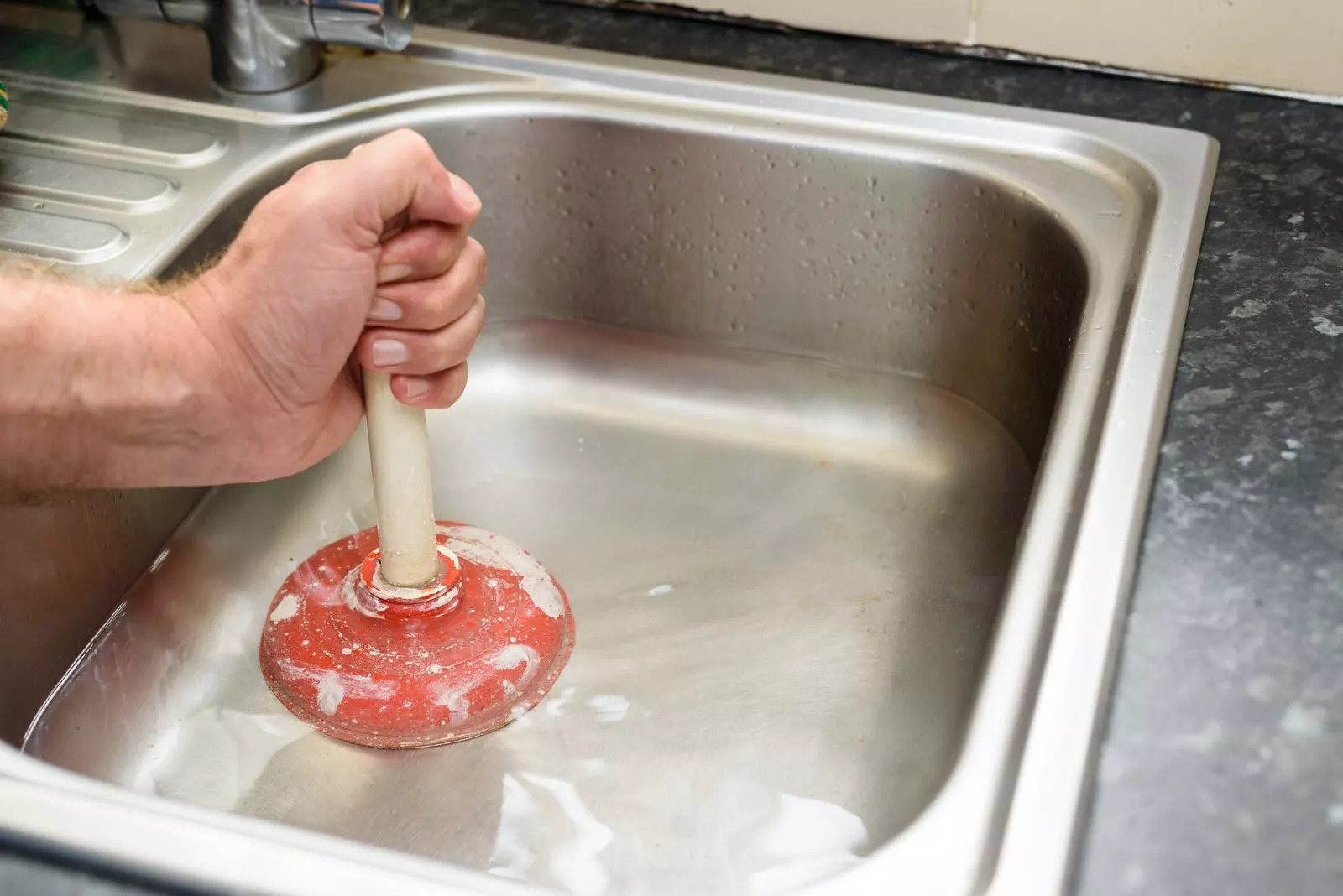
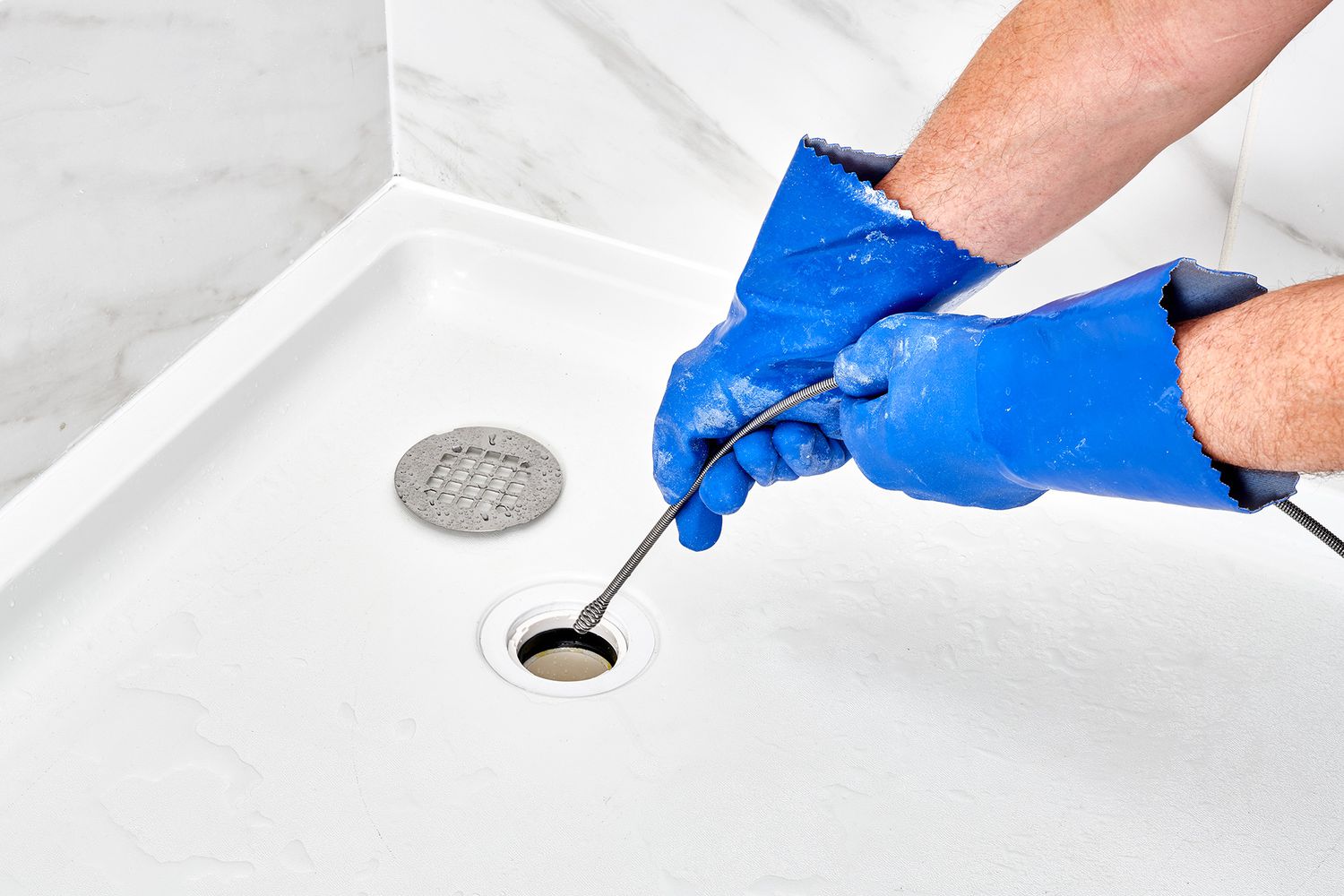
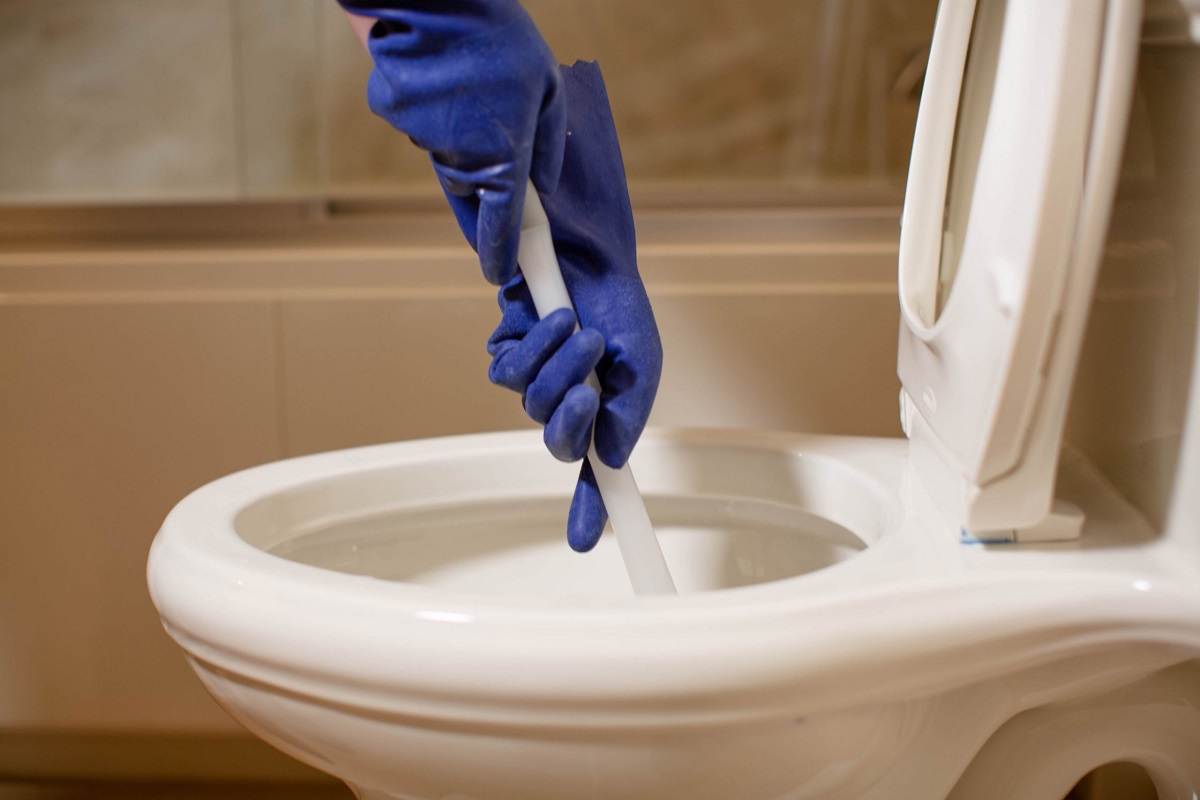
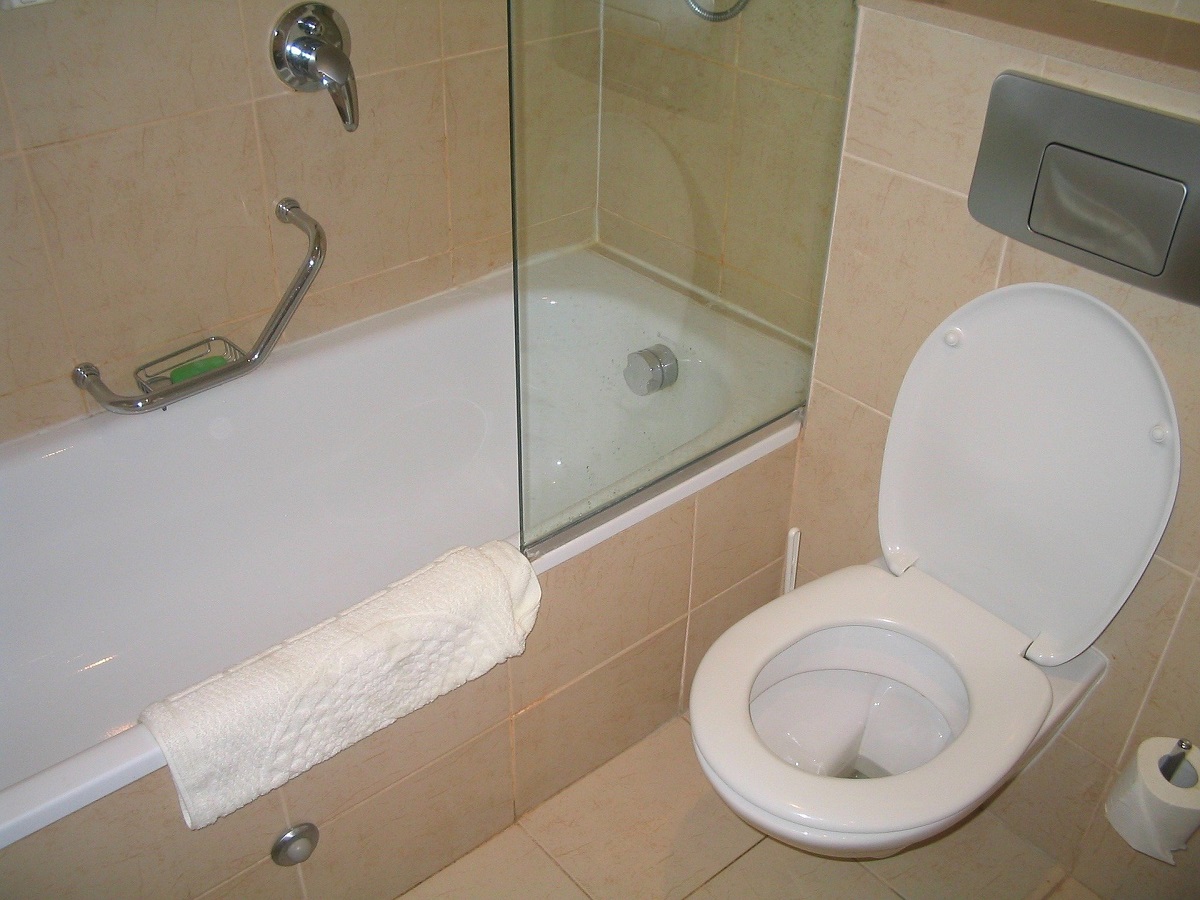
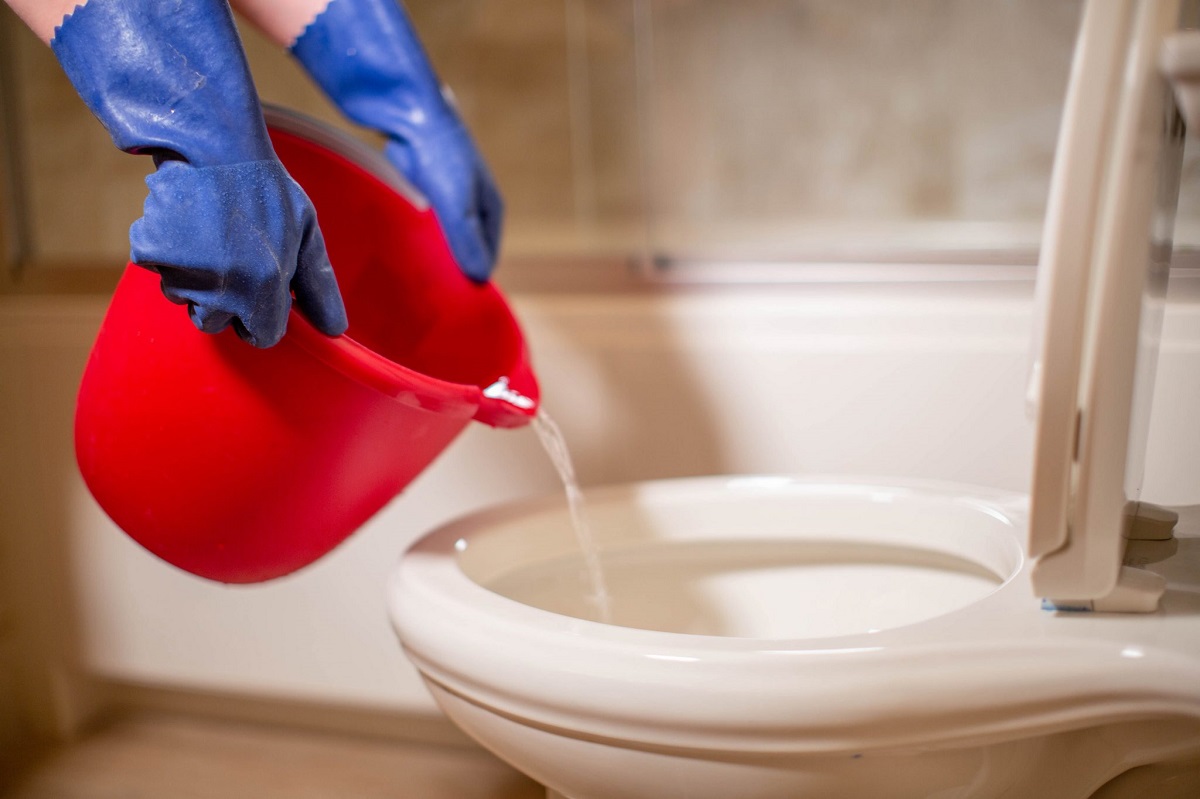
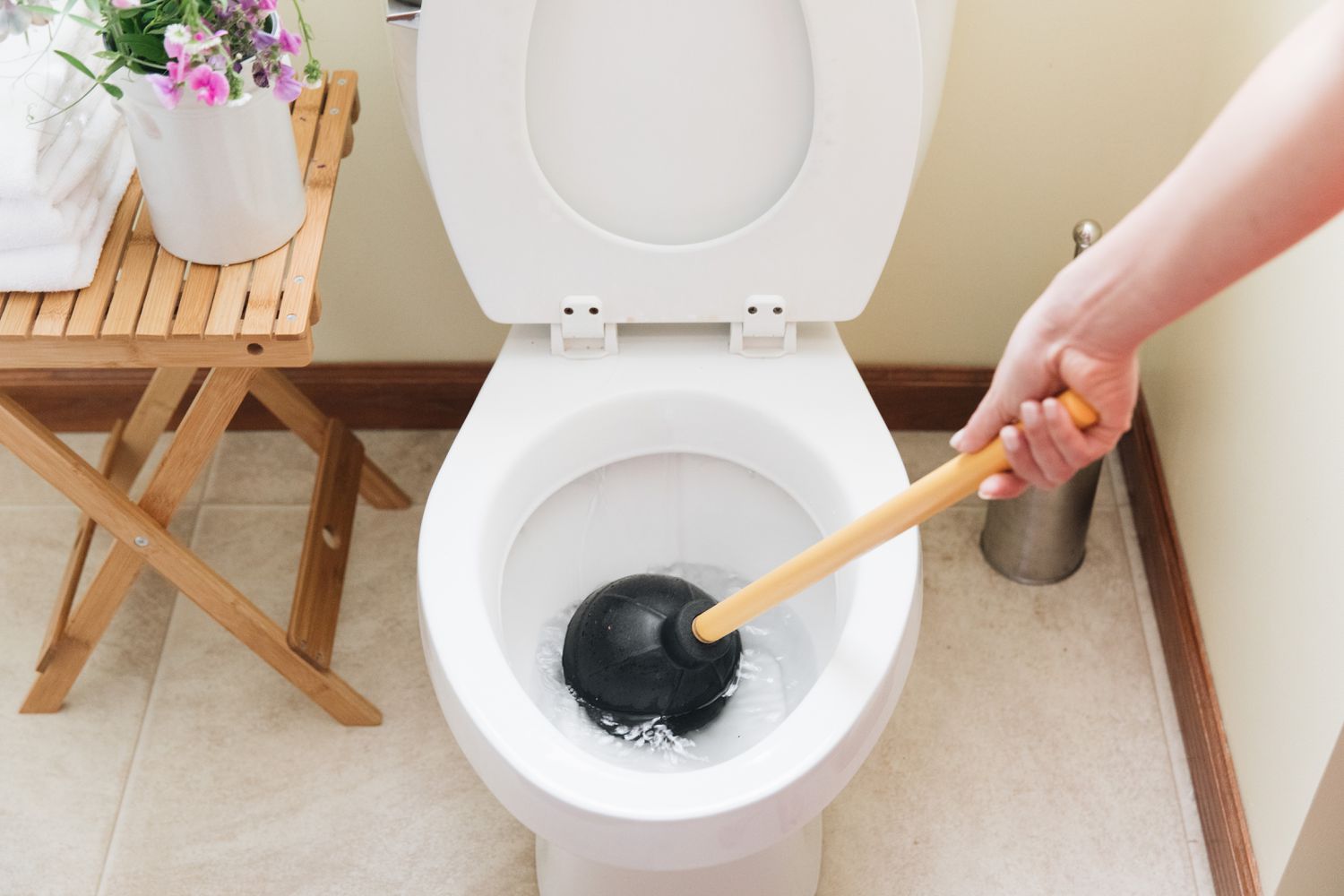
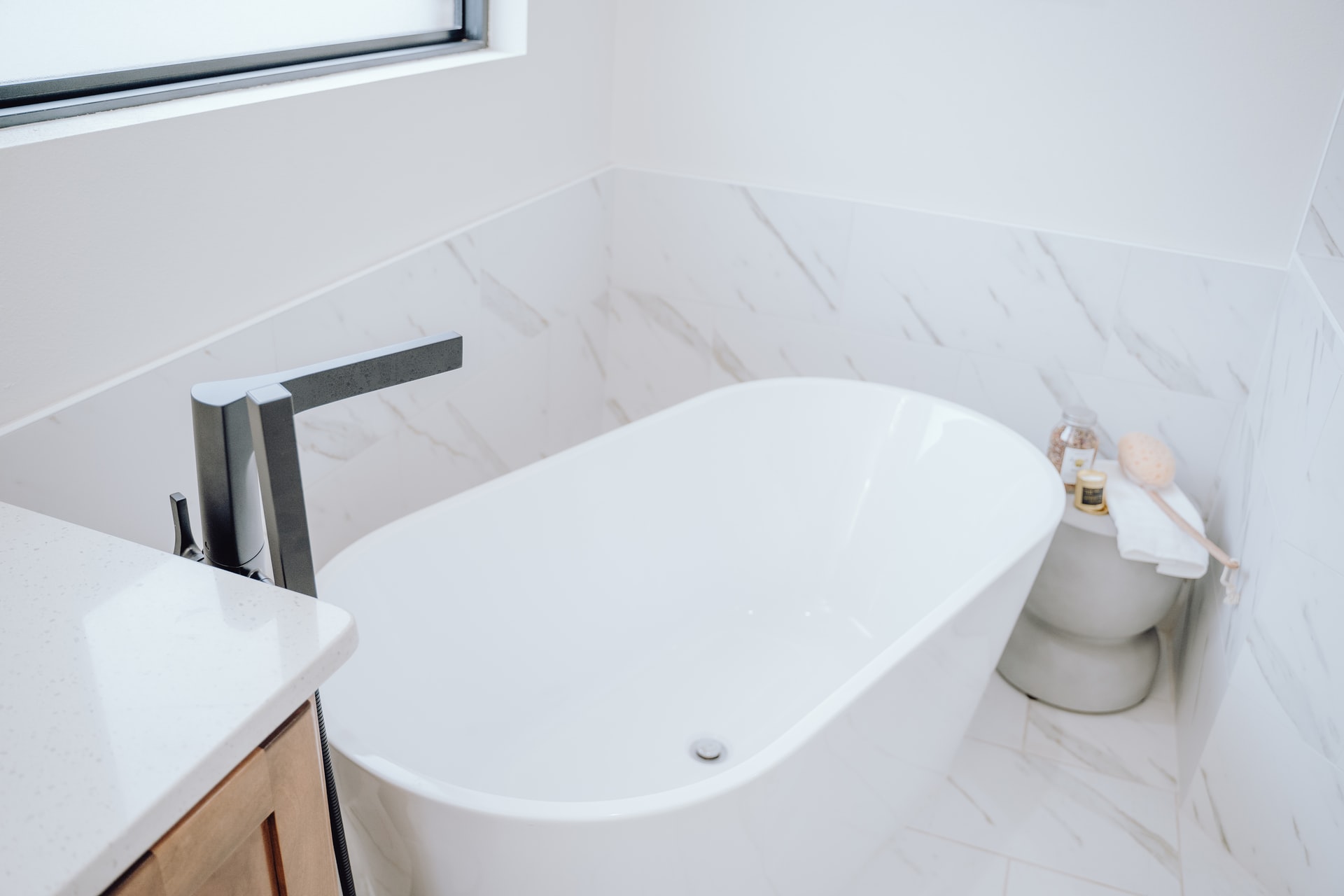
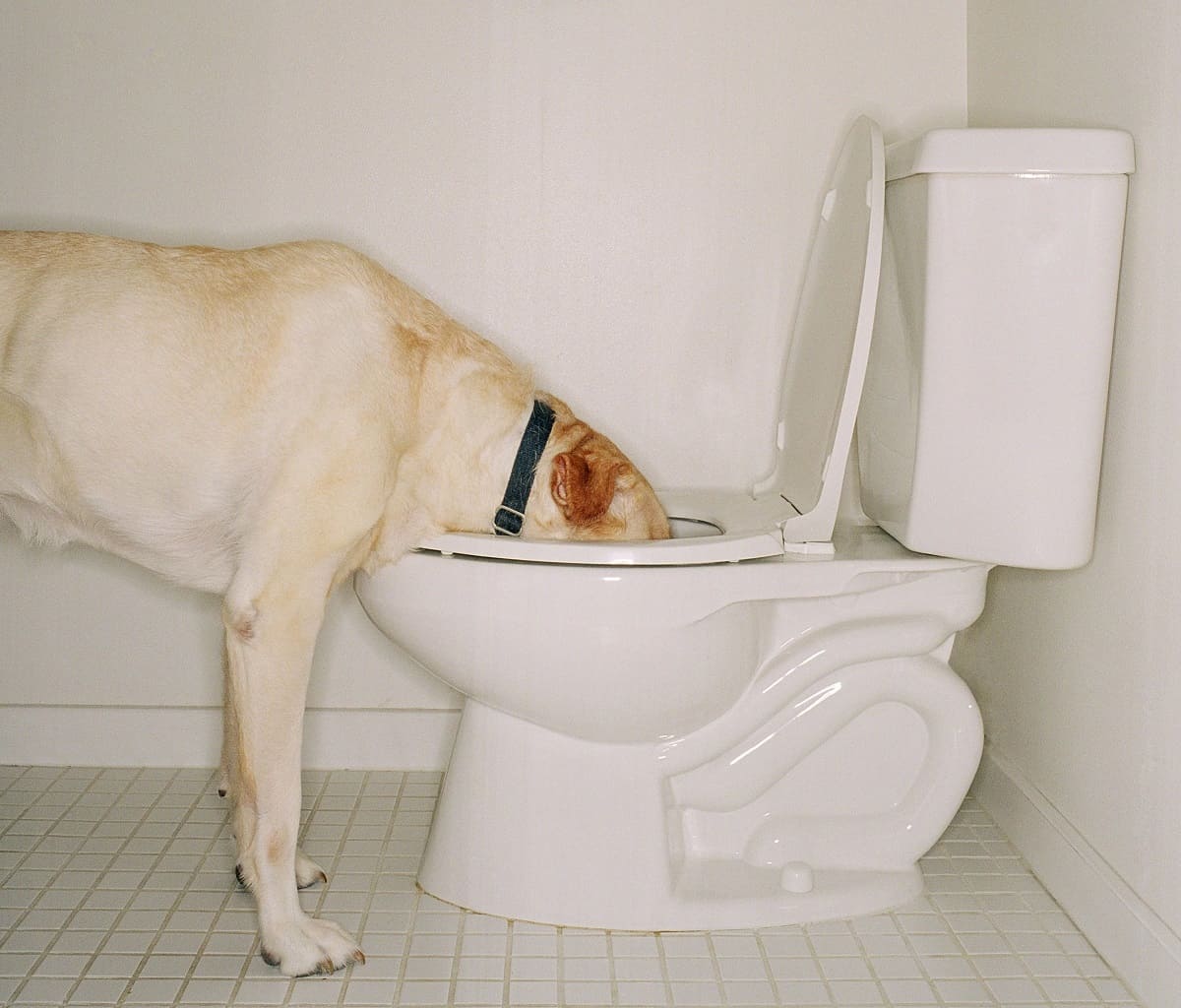

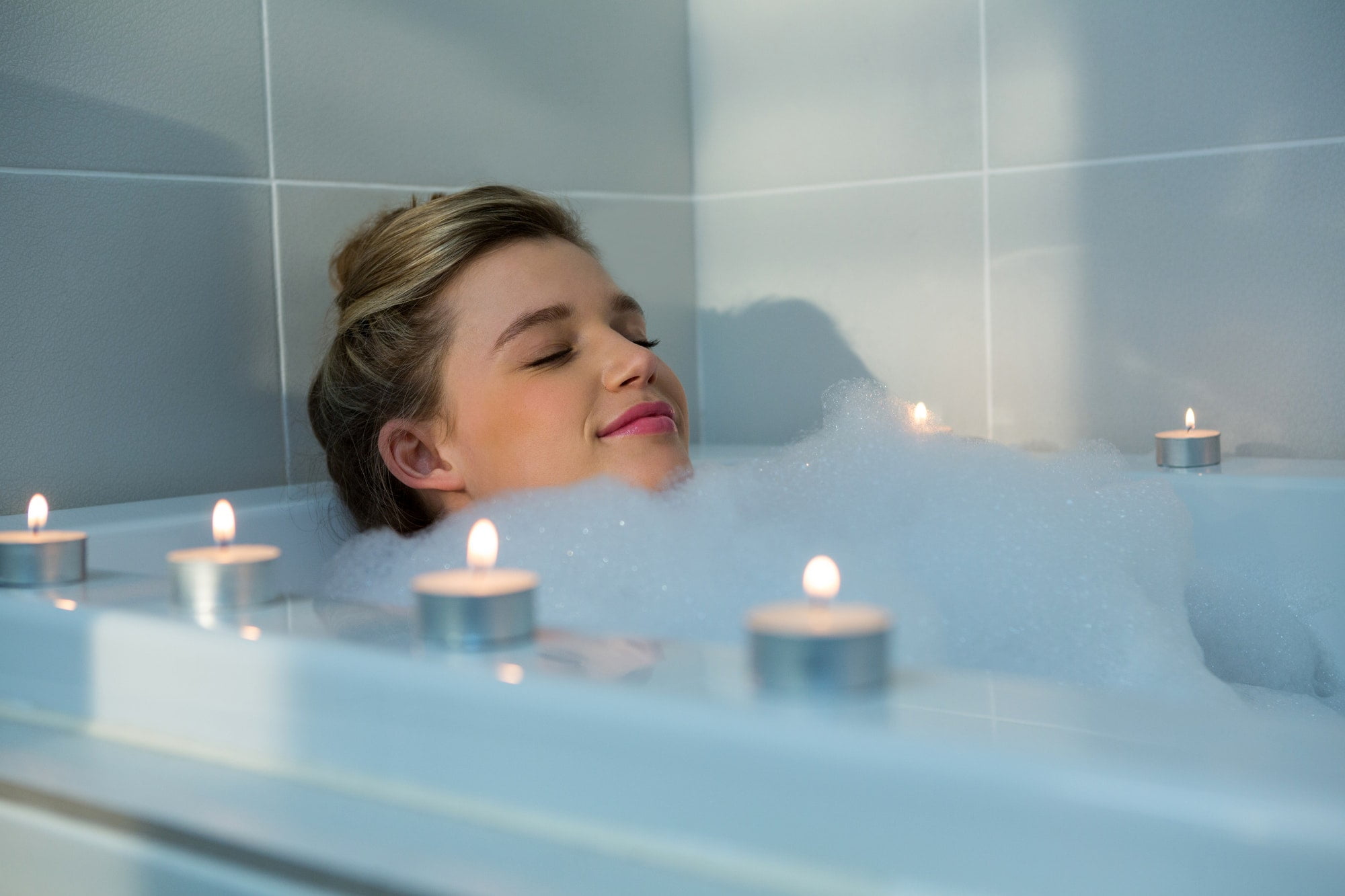
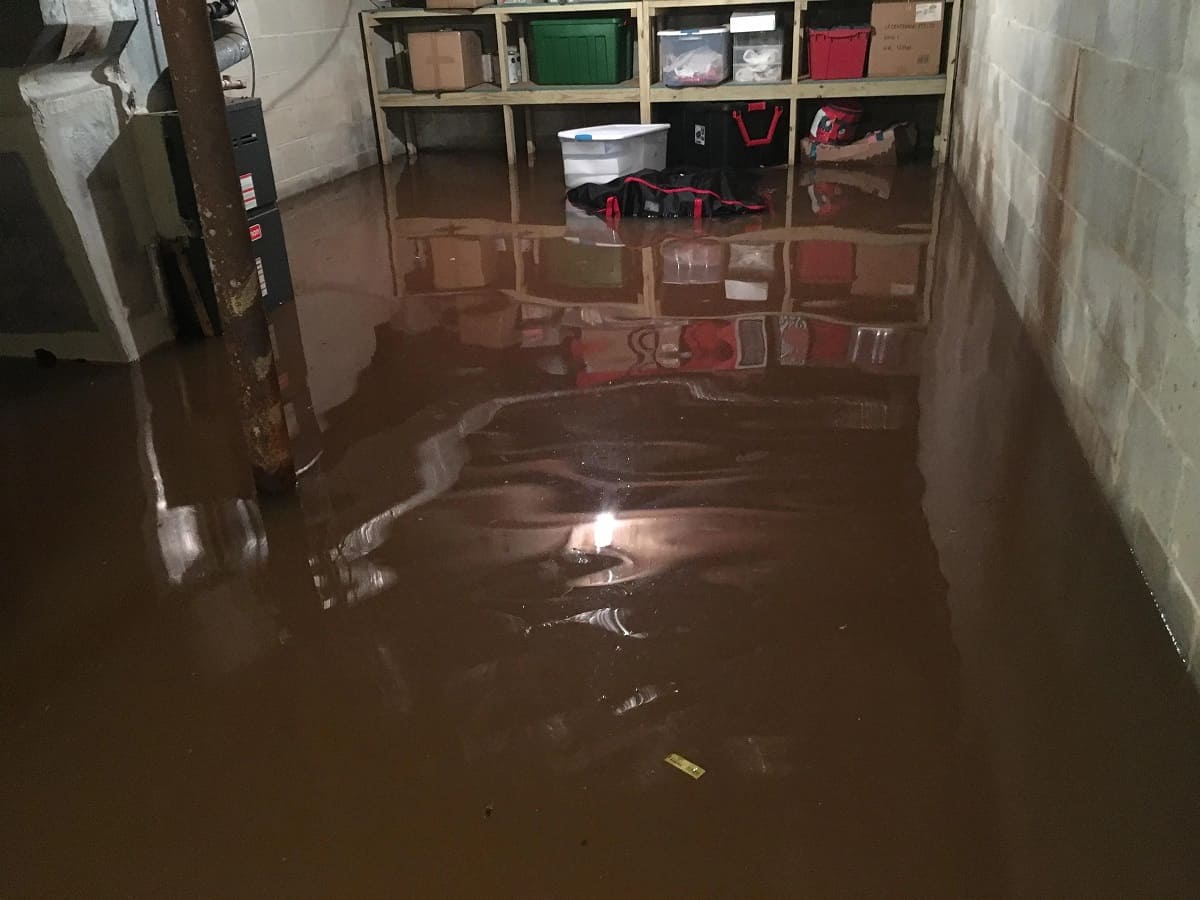
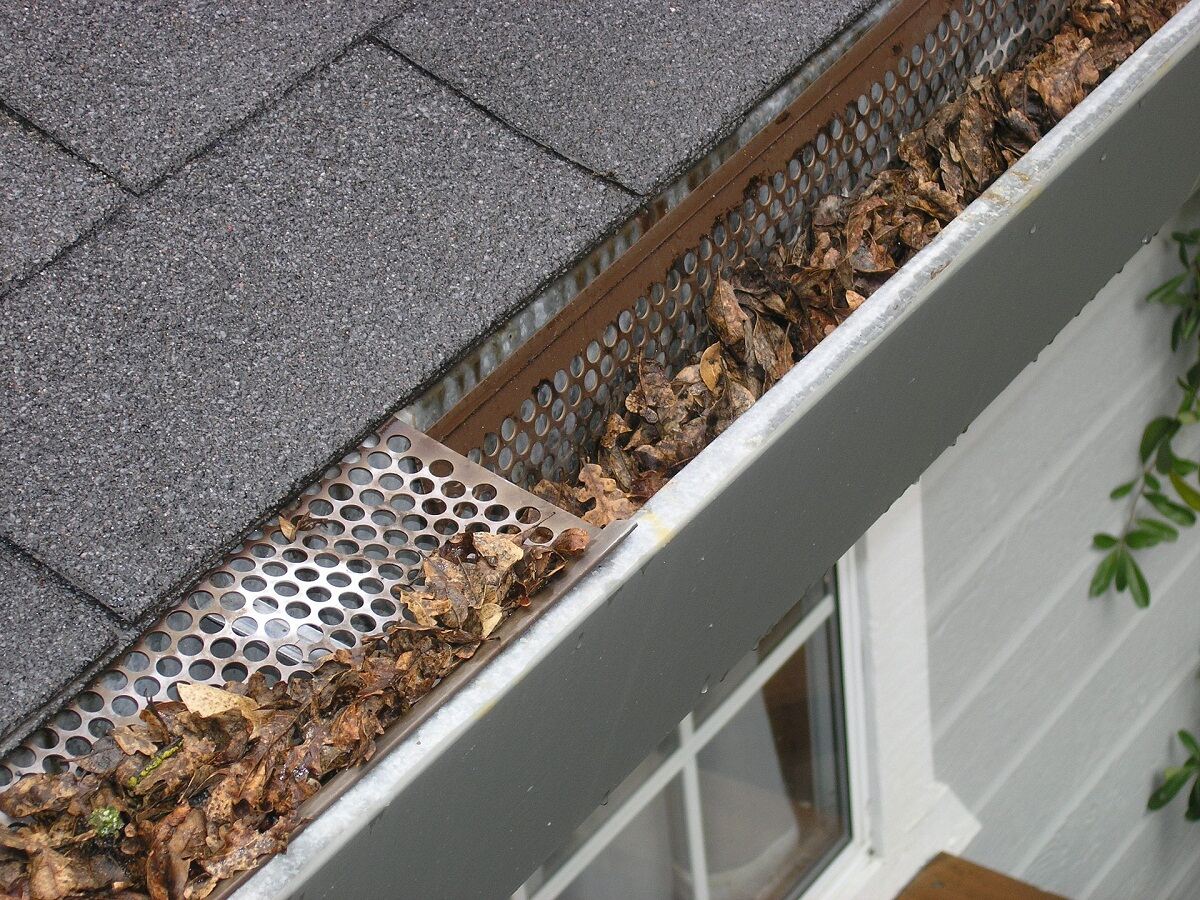
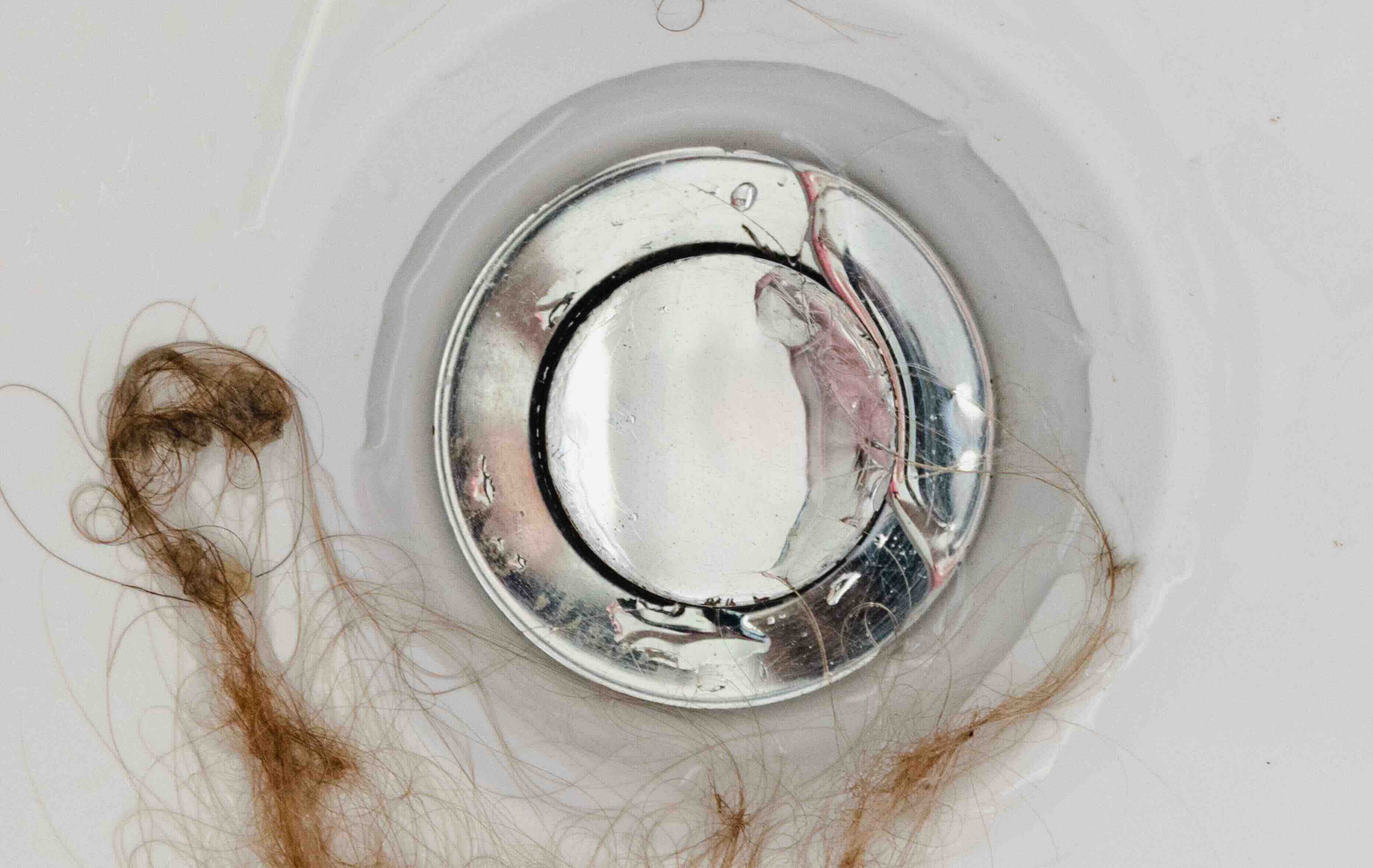
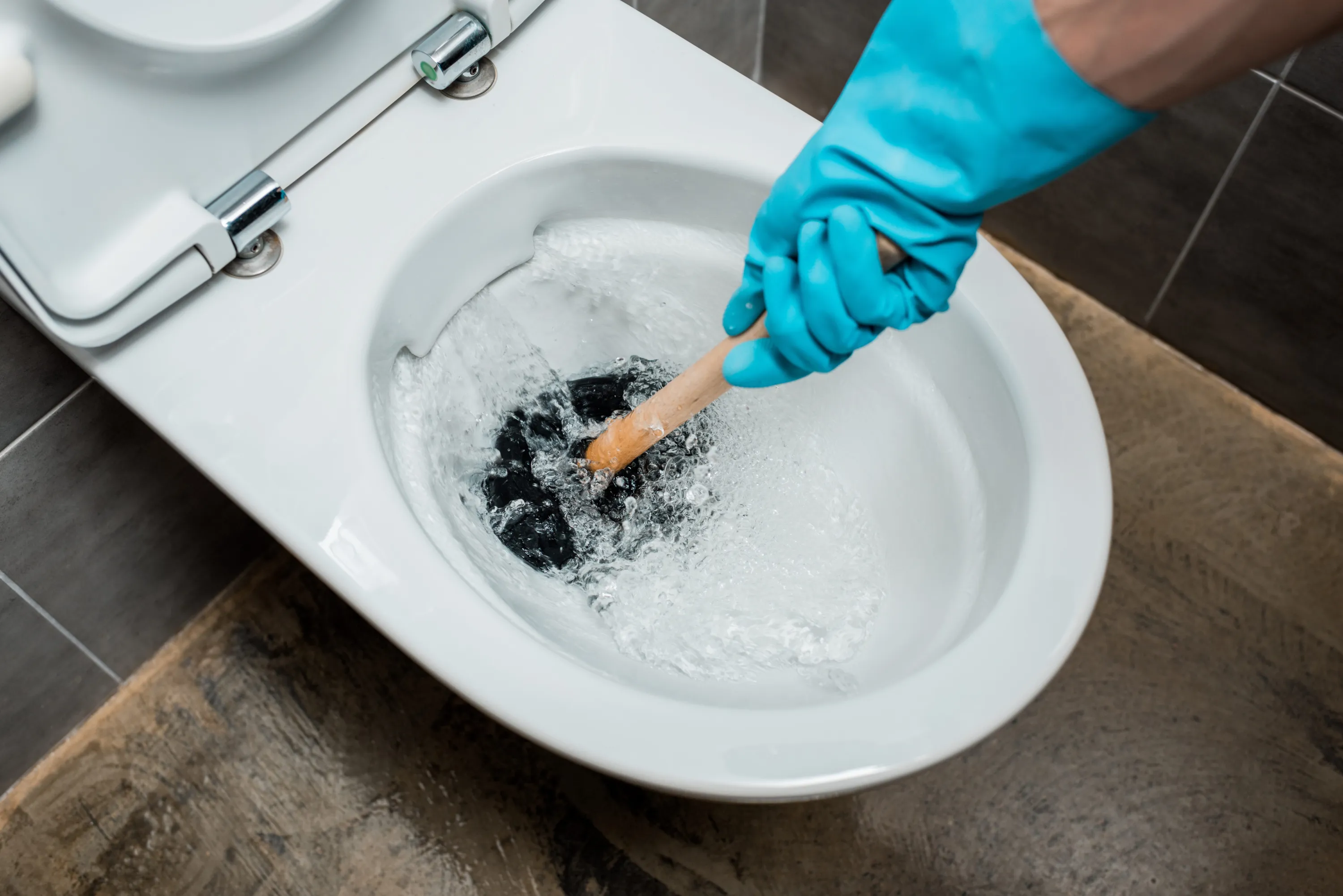

0 thoughts on “What To Do When Your Toilet And Bathtub Are Clogged?”